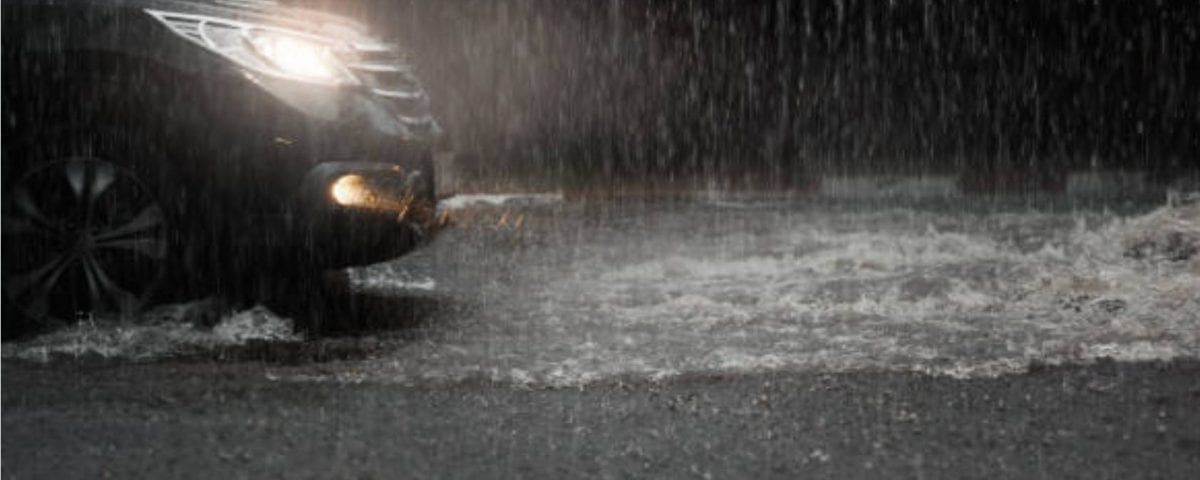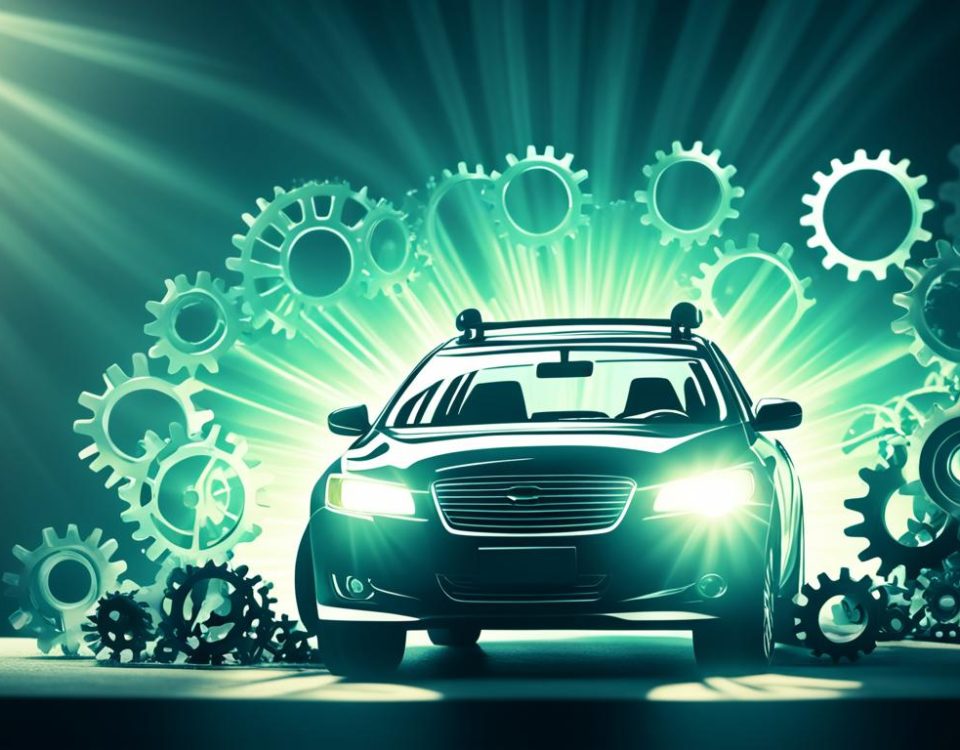- Auto Body Repair - Collision Center
- Leon Valley (210) 680-1987
- Windcrest (210) 858-3630
- info@miraclebp.com

How to Safely Drive in the Rain (PART 1)

Cleaning and Disinfecting the Inside of Your Car
Miracle Auto and Paint in San Antonio is well aware just how hard it is to be involved in an auto collision. One of the most prone environments where auto accidents highly occur is during a downpour. It can be disorienting and dangerous due to the limited visibility, slicker roads and other various reasons which not everyone is aware of. Even the heaviest rain takes several minutes to wash away any contaminants which can further cause vehicle skids. Here is the second blog installment of how you can safely drive during the rain.
How to safely drive in the rain tip #5 – Turn your headlights on
Always turn on your headlights, especially in a light rain or even if its gloomy, foggy or in an overcast condition. It will tremendously help other drivers to see your vehicle. There are laws in the US states that requires drivers to do so.
How to safely drive in the rain tip #6 – Follow safe distances
It is a good idea to follow the 3 second rule and increase the distance whenever in wet weather. Following too closely behind another car will cause water to spray on your windshield. Just this scenario can significantly reduce road vision.
How to safely drive in the rain tip #7 – Step on the breaks correctly
Anti-lock brake systems are still not perfect even if the advertisements say they are. Avoid braking hard or locking the wheels to avoid skidding. Always try to maintain a mild pressure on the brake pedal whenever you need to stop or slow down.
How to safely drive in the rain tip #8 – Know about hydroplaning
Hydroplaning occurs when the water in front of the tires builds up faster than the vehicle’s weight can push out of the way. The water pressure makes the vehicle rise up and slide in a thin layer of water between the tires and the road. Skidding or drifting out of the lane can already happen at this point. The speed of the vehicle, tire tread depth and water depth are considered the three main factors why hydroplaning occurs.


